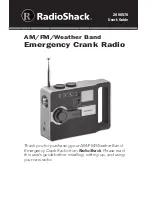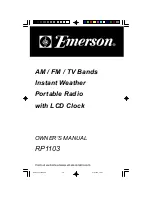
46
10. DCF-RECEPTION
a) General Information
After the basis station has completed the search for the available outdoor sensors,
the search for the DCF signal starts. At the bottom left of the display, the symbol
for DCF reception “ ” (N) flashes.
(
Do not move the basis station during reception; this takes about 5 minutes.
Do not push any key.
If no current time is displayed after 5 minutes either, you may either start a
new search or set the time manually.
The DCF signal is broadcast by a transmitter in
Mainflingen near Frankfurt am Main and has a
range of up to 1500 km, ideally up to 2000 km.
The DCF signal contains, among others, the
precise time (deviation theoretically 1 second
in one million years!) and the date.
Clocks with a DCF receiver can receive and
assess the signal. This makes manual adjust-
ment of a radio clock unnecessary, even
between summer and winter time.
The term “radio clock” is not quire correct, since the clock does not send any signals
but receives and assesses the DCF signal.
After the first reception attempt when inserting the batteries, new reception
attempts are started at night, at 03:00, 04:00, 05:00 and 06:00 a.m., since signal
reception is better at night. A single successful reception per day will keep the
deviation of the quartz clock in the basis station below a second.
(
Bad reception of the DCF signal may be due to well-shielded rooms and
buildings, e.g. in case of metalvaporised insulation glass windows, coated
special wallpaper or special building construction (reinforced concrete) or
in basements.
Reception is also worse if the basis station is close to electrical/electronic
devices (TV, computer), cables or lines. The same applies in case of closeness
to large metal objects (radiator, metal doors, etc.).
















































